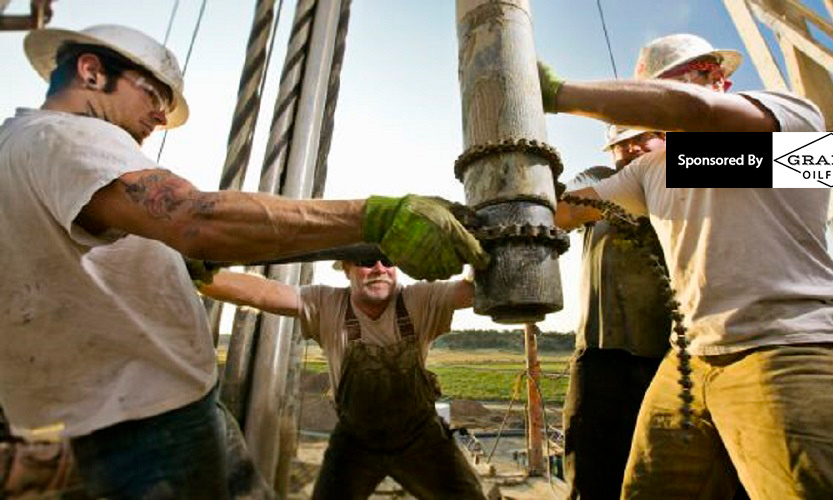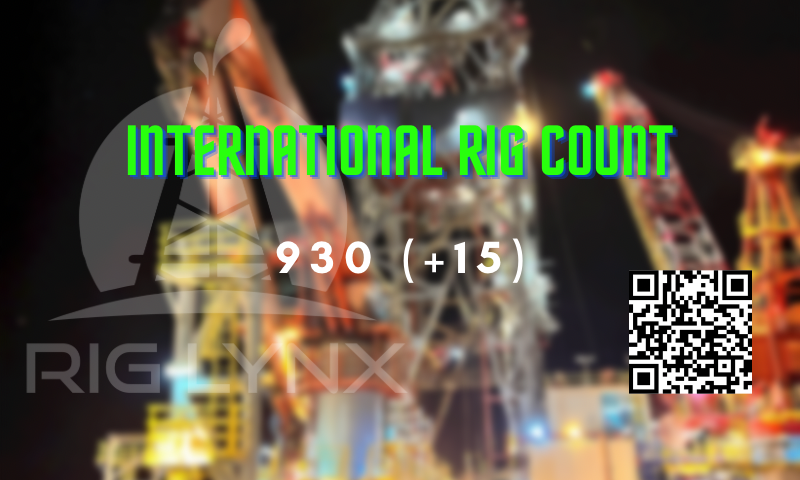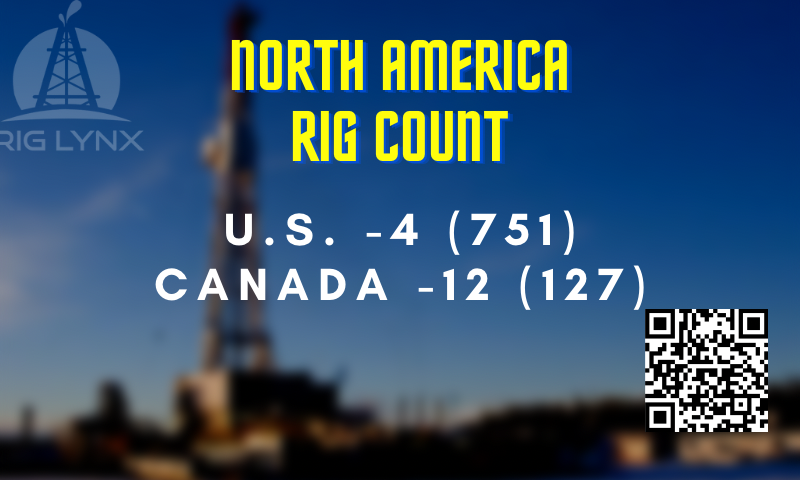
You would think that companies that barely survived two years ago would now be flush with earnings, but for some companies, the opposite is true, as financial contracts from a year or so ago are now coming back to bite.
Hedging allows producers to minimize price risk by locking in the price they will be paid for future production. This can smooth out revenues for a producer with a reliable stream of future production. If the price of crude rises, the producer misses out on the upside, but if it goes down the producer is insulated against losses. Futures contracts, which are highly leveraged, are traded on various exchanges and are highly liquid. If a producer enters into a futures contract and later decides it made a mistake, it can get out by selling its position in the contract.
CFOs are often not content to go this simple route. Instead, they often go for riskier bets involving options contracts. These are not really hedges; they are bets on changes in the price of oil involving leverage that makes futures contracts look very tame in comparison.
Put and call options, respectively, are the right to sell or buy crude at a fixed price at a future time. Typically, producers buy puts (to protect their production from lower prices in the future), while consumers buy calls (to protect their pocketbooks against higher prices in the future).
Futures and options contracts are highly liquid and are traded on numerous exchanges and, until recently, the most liquid were settled at the price of WTI at the trading hub located in Cushing, Oklahoma. Not all production is WTI, of course. Crude prices vary according to sulfur content, ease of transportation—because production occurs in various markets across the country and bottlenecks in transportation occur frequently—and other factors. Oil produced today in the Permian Basin faces bottlenecks in reaching markets and is expensive to transport. Permian producers receive only $53 per barrel, $17 less per barrel than the $70 per barrel posted price for WTI in Cushing.
Producers can go awry if their predictions of future wellhead prices prove inaccurate. A year ago, as the price of oil climbed above $50 per barrel, many producers thought crude prices had topped out for the foreseeable future. Backing their vision, they entered into options contracts under which, for example, they would get paid $50 per barrel regardless of the spot price at the time of delivery—they would still receive $50 per barrel if prices dropped but must pay the difference according to how much, if any, the price rose above $50 a barrel. This is called a swap contract.
Such bets have proved expensive for some producers and particularly for some of those in the Permian who did not hedge against a price divergence between the Permian and Cushing. Consider that they receive only $53 per barrel but must make up the $20 per barrel difference between the $50 swap and the WTI price of $70. They are netting $33 per barrel, less than the $40 they were getting two years ago without using any hedges, and less than the $53 they would be netting today. Earnings have been hammered further because mark-to-market accounting requires the immediate recognition of future obligations under these contracts. Pioneer Natural Resources has recognized more than $566 million in such losses for the first six months of 2018.
So, we have a classic example of good work in the field being ruined by bad bets in the office, and the damage may get worse. If the price of oil climbs high enough, some producers will find they are losing money, not just making less.
The challenge also exists for consumers. Delta Airlines (DAL) admitted to losing $4 billion on hedging through 2016 and consequently swore off the practice while oil prices were at unsustainable lows. Most recently, Delta, which also owns a refinery, reported reduced earnings as the price of fuel increased.
Playing with fire and getting burned this way is far from new. It has been going on since futures and options contracts were first introduced. Just 10 years ago, the price of crude shot to $147 per barrel and several companies would have failed had it not quickly collapsed to $32 per barrel. Anadarko faced the problem in the Denver-Julesberg Basin as a result of $65 per barrel swaps required to support its acquisition of Kerr McGee. With the price at $147 per barrel and the cost of getting oil to market at $22 per barrel, Anadarko only realized $43 per barrel.
Only time will tell how badly the financial engineers have done this time around.
Check out our other current stories, we dare you…
- Oldest Producing Oil Well in the World
- Oil and Gas Top 5 for week 33!
- Is U.S. shale enough of a heavy weight to offset long term worldwide market decline?
Want the guys for the job, give them a call today!

Â
Â



